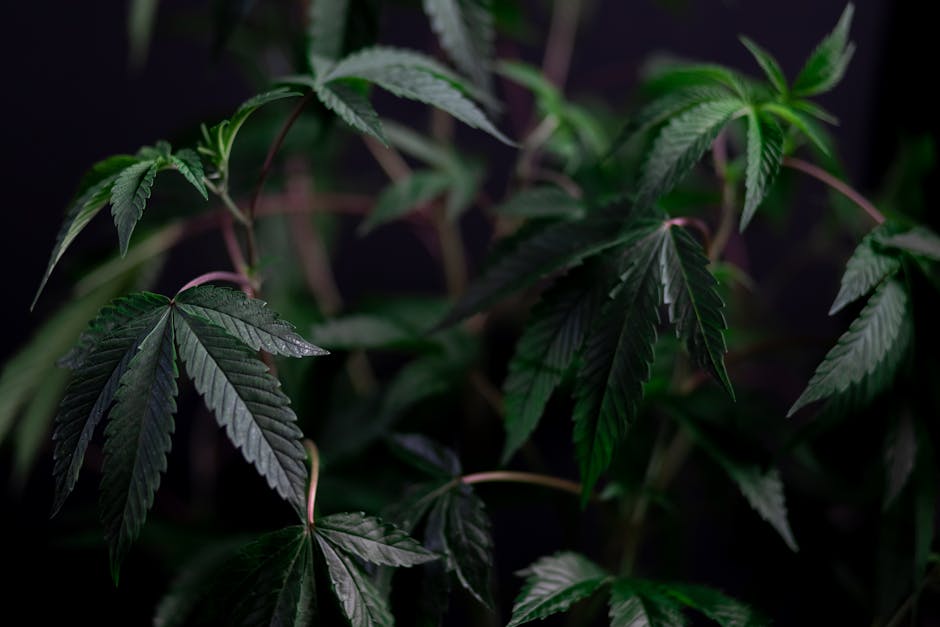The Ultimate Guide to Indian Hemp: From Cultivation to Clothing
Indian Hemp, a plant of profound versatility and ancient lore, stands at the intersection of tradition and innovation. This journey from the soil to fabric encapsulates a tapestry of cultural heritage, environmental stewardhip, and the burgeoning eco-conscious fashion movement. Delve into the realms of this remarkable plant whose roots are as deep in history as they are in the ground.
Understanding Indian Hemp: History and Significance
Indian Hemp, historically revered for its robustness and versatility, has sailed through centuries as a beacon of agricultural and economic significance. Its journey, deeply entwined with the cultures that nurtured it, reveals a saga of endurance and adaptability. From ancient manuscripts to the sails that ventured into unknown waters, Indian Hemp has left an indelible mark on human evolution.
The significance of Indian Hemp extends beyond its material properties, embodying a spiritual and cultural ethos that resonates with communities around the globe. This connection, transcending time, paves the way for a renewed interest in sustainable practices and indigenous knowledge, highlighting the plant’s role in environmental, economic, and social sustainability.
The Cultivation Process of Indian Hemp
Cultivating Indian Hemp is an art mastered over generations, a delicate dance with nature that requires precision, patience, and respect for the ecosystem. The process, from seed selection to planting, nurtures not only the crops but also the soil and the surrounding biodiversity, showcasing a remarkable model of agricultural sustainability.
Harvesting and Processing Indian Hemp Fibers
The transition from plant to fiber is a testament to the ingenuity and craftsmanship inherent in Indian Hemp cultivation. Harvesting at the optimal time ensures the highest quality of fibers, which are then processed through age-old techniques to create materials that are both durable and gentle on the environment. This balance between strength and sustainability highlights the unique qualities of Indian Hemp fibers.
Processing Indian Hemp fibers is a meticulous process that transforms the raw materials into a versatile form, ready for weaving into textiles. The method, steeped in tradition, involves retting, drying, and combing, each step carefully executed to preserve the integrity and natural beauty of the fiber. This attention to detail underlines the craftspeople’s dedication to quality and sustainability.
The Versatility of Indian Hemp: Uses Beyond Textiles
Beyond its traditional role in the textile industry, Indian Hemp emerges as a multi-faceted resource with applications spanning from construction materials to bio-composites. Its adaptability, coupled with environmental benefits such as biodegradability and carbon sequestration, positions Indian Hemp as a pivotal component in the quest for sustainable alternatives across industries.
Indian Hemp in the Fashion Industry: Embracing Eco-Friendly Clothing
The fashion industry’s embrace of Indian Hemp signifies a shift toward sustainability and ethical responsibility. Designers and brands are increasingly drawn to its ecological footprint and the rustic, yet refined, quality it brings to garments. This trend is not just about adopting eco-friendly materials but also about redefining luxury and style in alignment with environmental stewardship.
Sustainable Practices in Indian Hemp Production and Usage
Sustainable practices in Indian Hemp cultivation and consumption underscore a commitment to preserving the environment and empowering rural communities. The crop’s low water requirement, minimal need for pesticides, and soil-enhancing properties exemplify agriculture that’s in harmony with nature. The adoption of these practices illuminates a path toward a more sustainable and equitable world.
The integration of sustainable practices extends beyond cultivation to the ways in which Indian Hemp products are utilized and disposed of. Biodegradable and recyclable, they set a benchmark for circular economies, encouraging a shift from disposable culture to one that values longevity and minimal environmental impact.
Navigating Legalities: Indian Hemp Cultivation Laws and Regulations
Navigating the complex landscape of laws and regulations regarding Indian Hemp cultivation requires a nuanced understanding of both global and local legal frameworks. As countries increasingly recognize the crop’s economic and environmental potential, evolving legislation reflects a growing acceptance and a push towards regulatory clarity. This legal progression is crucial for unlocking the full potential of Indian Hemp in various sectors.
Future Trends: The Evolving Role of Indian Hemp in Global Industries
The horizon for Indian Hemp is vibrant and expansive, with emerging technologies and growing environmental consciousness propelling it into new territories. Innovations in hemp-based products, from bioplastics to energy sources, are paving the way for a greener future, underscoring the plant’s role in addressing global challenges. As we advance, Indian Hemp stands as a beacon of sustainability, innovation, and hope.
Weaving the Future with Indian Hemp
The narrative of Indian Hemp is not just about a plant; it’s a testament to the power of sustainable practices and the beauty of integrating tradition into modern life. As the world leans into eco-friendly solutions, Indian Hemp symbolizes hope, resilience, and the endless possibilities of natural resources. Embracing Indian Hemp in various industries, especially in fashion, is not just a style statement but a step towards a greener, more sustainable future.


